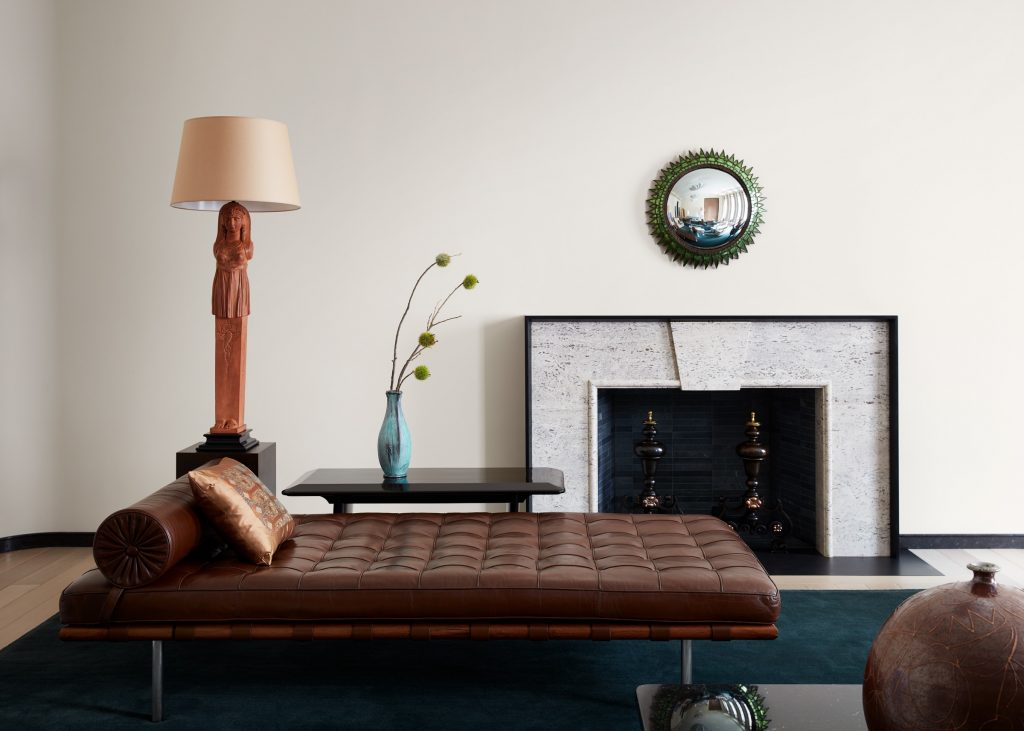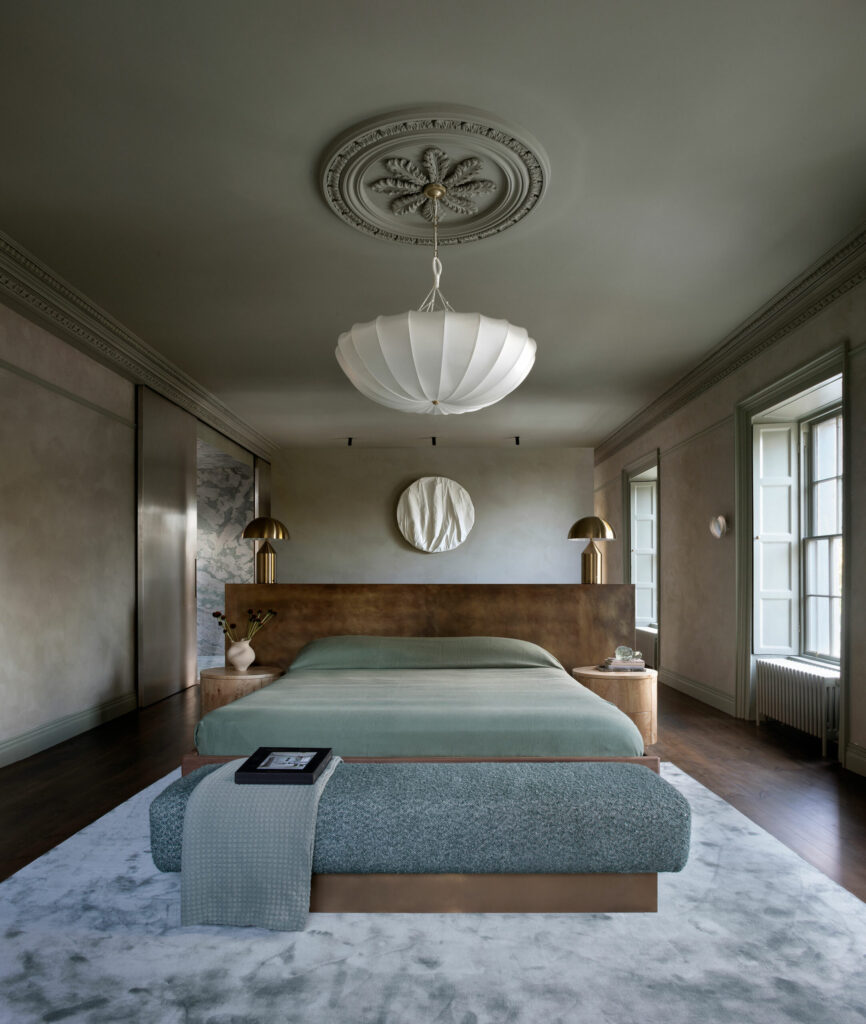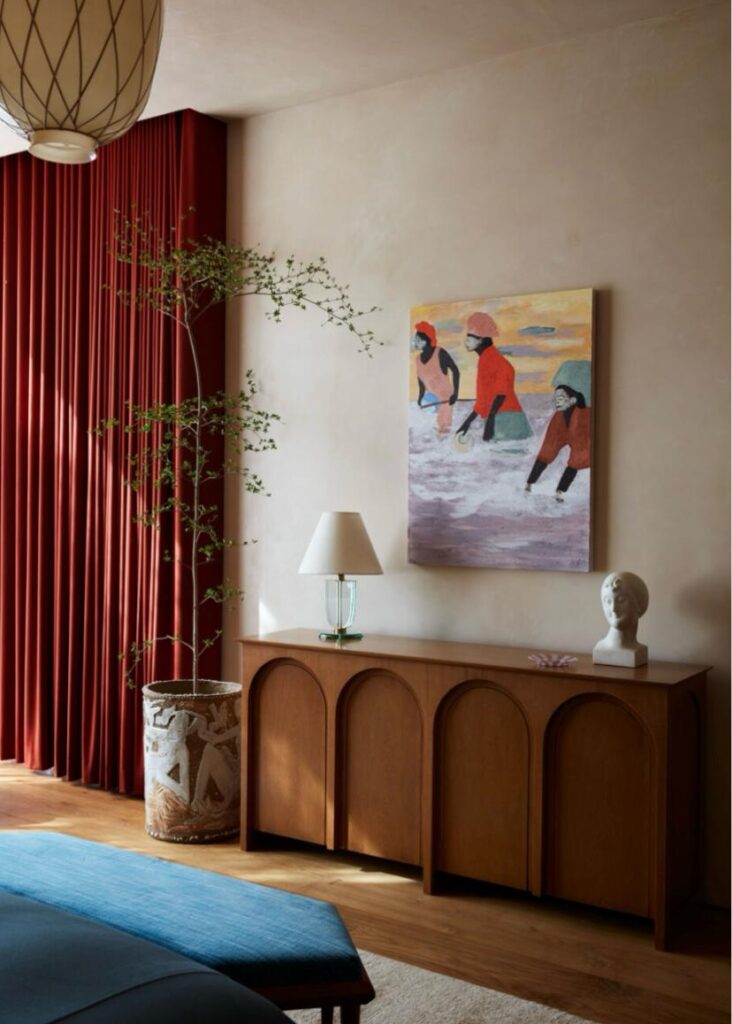
Today we want to reassure you that there is nothing selfish about wanting or seeking some precious ‘me time’. In fact, these moments are vital in today’s demanding societies and fast-paced city life as they can become the crucial antidote to stress. Personal solitude allows for self-reflection, fostering a deeper understanding of our values and goals, which in turn, leads to enhanced productivity and creativity. Thus, to aid us in finding this balance between a social life and healthy boundaries, our environment plays a pivotal role in ensuring that we find this private solace whenever we are in need of it.

When surroundings or interiors overlook this basic need for alone time and fail to provide quiet spaces, individuals may begin to experience heightened stress, reduced creativity, and compromised well-being. Without privacy it becomes a challenge to escape external pressure which becomes the source of overwhelm and susceptibility to burnout. For this reason, it is imperative to keep designated areas for solitude under which conditions individuals can look after their emotional balance and escape the social stimuli that otherwise prevents people from engaging in essential self-care practices.

Interiors that cater to quality alone time
Now the question becomes how to approach interior design under these prerequisites? The place to start is found within the design elements that prioritize privacy, comfort, and personalization. These include comfortable and inviting furniture that seduces you with the promise of relaxation, thoughtful ambience lighting for a calming atmosphere, the strategic placement of natural elements, the use of colors and textures that appeal to your memories and emotions, and smart storage for a clutter-free space. This balance of functionality and aesthetics reduces potential stressors and contributes to a conducive environment for self reflection that enhances quality alone time at home.

What are some requisites?
The advice we have provided is only an overview of the many elements that cater to our need for privacy. Now we can jump into the more juicy details on the creative and unexpected approaches we can take through interior design. For example, consider the possibility of a wall mounted hammock or a hanging chair in a corner for a unique and relaxing seating position that we cannot find anywhere else. Another more classic option is to incorporate a comfortable chaise lounge or a bean bag chair that offer a cozy spot for reading or simply for contemplating life from a relaxing spot. In terms of furniture, we can also think more practically about our choices by selecting a versatile modular sofa or daybed with adjustable elements that can adapt to various alone-time activities. In fact, multifunctional pieces like storage ottomans or nesting side tables also have the added benefit of maintaining a clutter free environment for a peaceful mind. And lastly, among the examples we are providing, we must mention the wonders of an adjustable-height desk which not only facilitates the use of a personal work and craft space, but which also helps us keep a healthy posture and less sedentary habits.

Besides these practical elements, we cannot overlook the impact of having a sensory focus. This comes with the addition of elements such as essential oil diffusers, soundproofing, or even a small indoor fountain; all of which engage each of our senses for a holistic experience. Additionally, a well-designed meditation or yoga space can be easily incorporated into the home to encourage mindfulness and peaceful time. All of these factors combined are the binding force between functionality and creativity, tailoring interiors to their owner’s alone-time habits and preferences. Ensuring that our environments retain both harmony and personalization is the key to turning our homes into sanctuaries for recharging and introspection.

Applying the method to office interiors
To recreate this quality alone time experience at the office or workplace, our interiors should make space for designated quiet zones or individual work pods within the larger work area. Secondly, furniture should be comfortable and ergonomic, for example, imagine soundproof cubicles or private nooks with adjustable lighting for the occasions when employees seek a secluded space for focused work or moments of respite. Of course, these secluded areas should not comprise the whole workplace otherwise the balance between social and alone time is completely lost. Moreover, to avoid the claustrophobic feeling of closed off units it is important to integrate elements of biophilic design such as indoor plants or natural materials that lead to a sense of calm. In combination with these natural factors, today’s technology can also greatly enhance our working environment with smart personalized tools like adjustable desk heights and ambient noise level controls that create a more conductive atmosphere. Thus, by prioritizing a balance between collaborative spaces and designated quiet areas, individuals are given the choice to look after their well-being amidst the demands of a professional environment.

Wrapping up
Today we have simply pointed out the crucial importance of thoughtful interior design that fosters alone time and self-reflective experiences; benefiting individuals and group-members alike. Within spaces that prioritize comfort, sensory elements, and privacy, we can navigate the demands of modern life with increased resilience and well-being. This is not just beneficial to the individual but also to the collective seeing how such quiet zones can promote stronger familiar bonds, meaningful social interactions, productivity, and job satisfaction. Ultimately, the synergy between holistic interior design and the cultivation of alone time can become a powerful catalyst for personal growth and social wellness.
